First Wedding Photography Tips: Capture Memories Like a Pro
Starting out in wedding photography can be both exciting and a bit nerve-wracking. There’s a lot to capture in a short amount of time, and each moment only happens once. Understanding the basic tips and strategies can help you feel more prepared and confident.
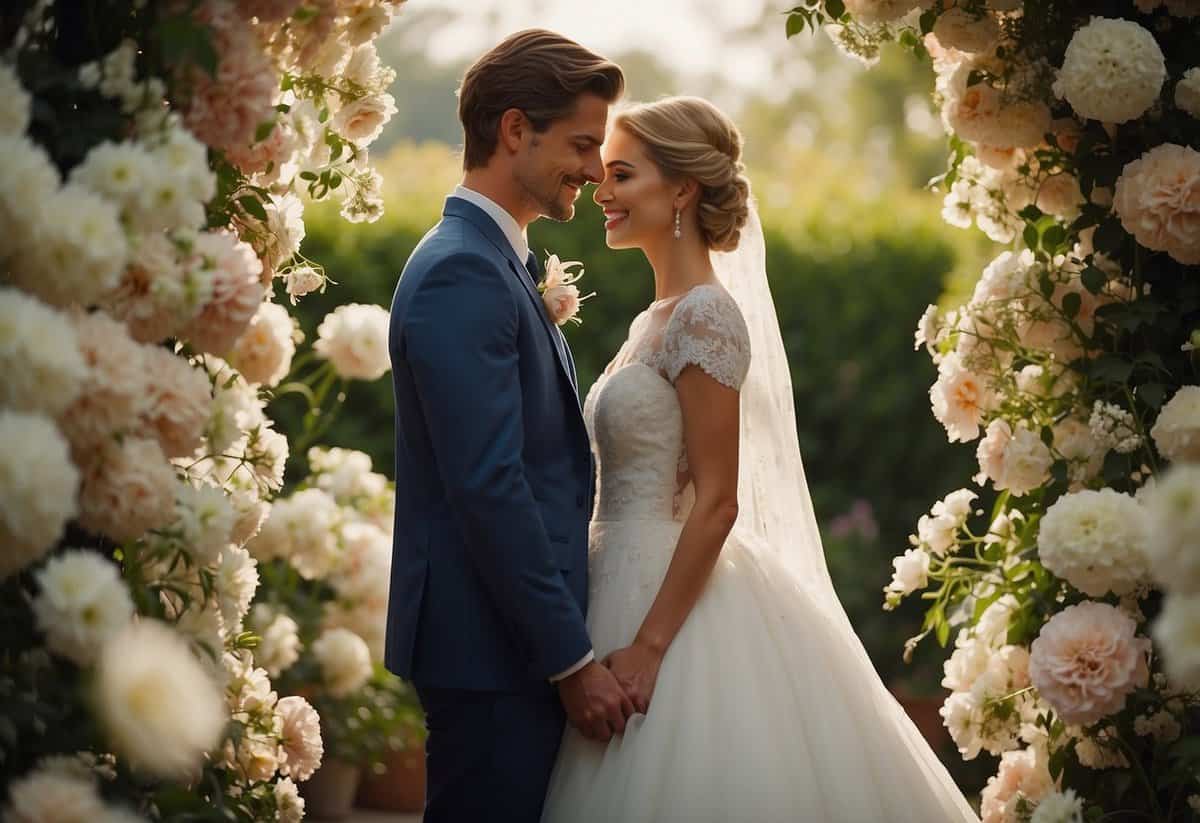
As you prepare for your first wedding shoot, keep in mind that communication and planning are key. This ensures you know what the couple expects and you’re ready to deliver. With a few essential tips up your sleeve, you’ll be on your way to capturing beautiful, lasting memories for the couple.
1) Research locations beforehand
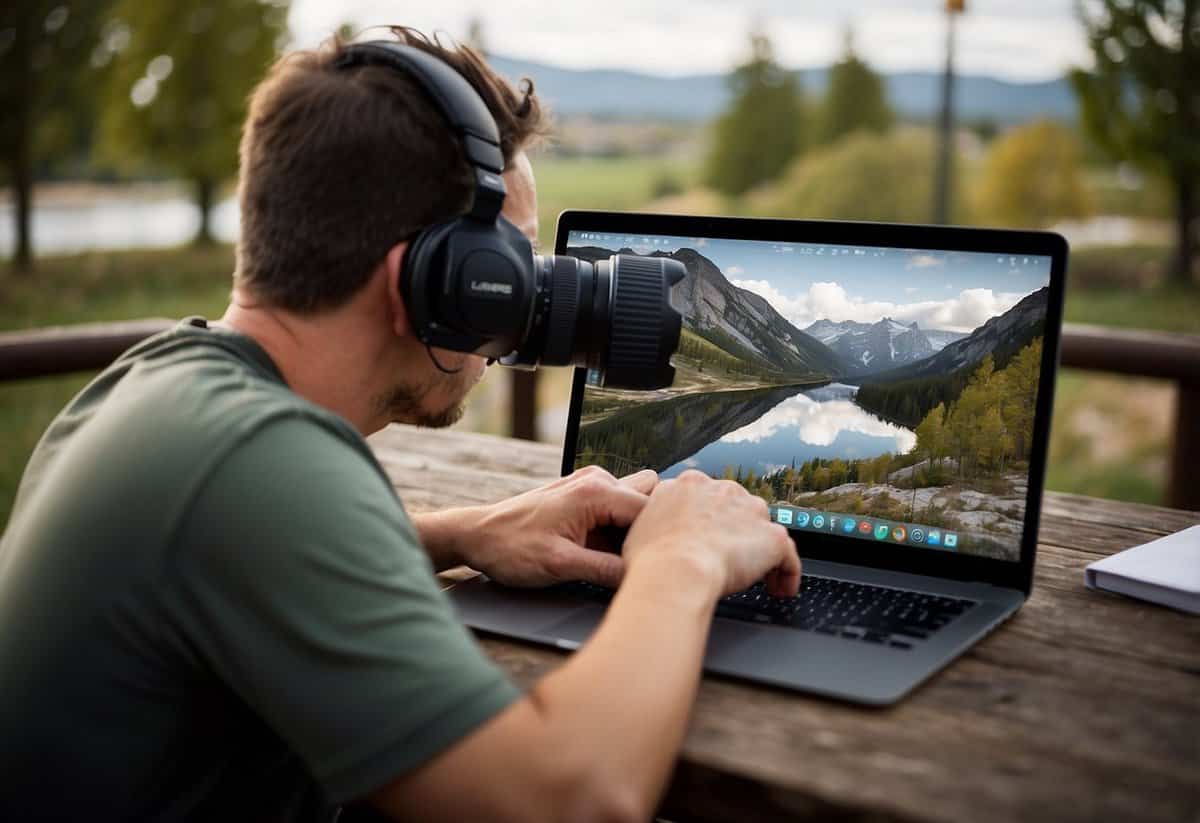
Visit the venue before the wedding day. This helps you get familiar with the lighting and best spots to take pictures. Knowing where to be will ensure you capture all important moments without rushing.
Check out different areas around the venue. Look for scenic spots, good backgrounds, and potential challenges. This way, you can plan how to handle various situations, like harsh sunlight or tight spaces.
Talk to the couple about their favorite spots. They might have special places they want to include. This way, you can meet their expectations and deliver photos they’ll love.
2) Have Backup Equipment Ready
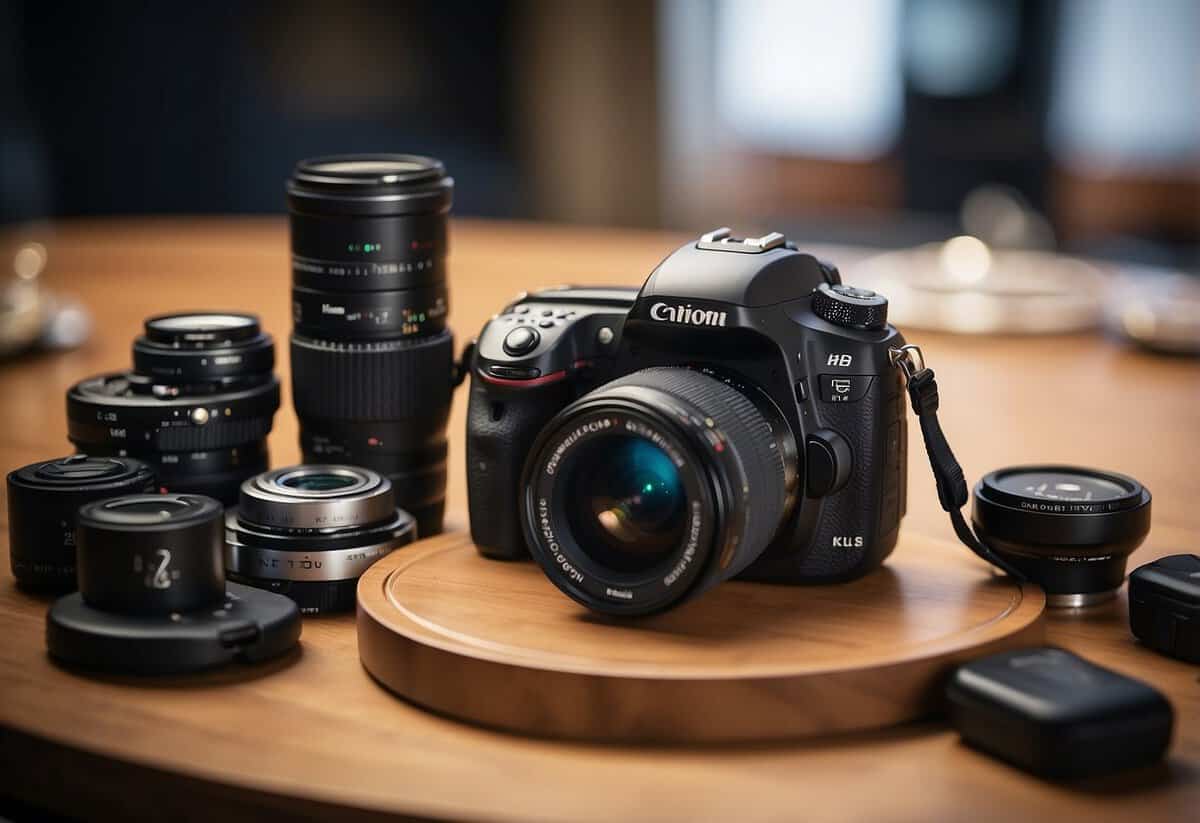
Having backup equipment is crucial for wedding photography. Weddings are one-time events, and there’s no room for errors.
You should always bring extra cameras, lenses, and flashes. This way, if one breaks, you have a ready replacement.
Don’t forget spare batteries and plenty of memory cards. These small items can make a big difference during a long wedding day.
Being prepared with backups helps you stay calm and focused. Your clients will appreciate your professionalism and preparedness.
3) Capture Candid Moments
Capturing candid moments at weddings adds a realness to your photos. To do this, you need to stay alert and ready. Genuine emotions and interactions tell a beautiful story.
Use a long focal length to shoot without being noticed. A 135mm prime or a 70-200mm zoom lens works well for this. It allows you to capture moments from a distance.
Sometimes, you can try “plandids.” These are candid moments that are planned a little. Ask your subjects to laugh or look at each other, and then wait for a natural moment to snap the photo.
Stay observant and anticipate key moments. A hug from a parent or an unexpected laugh can be magical. Keep your camera ready and be patient.
4) Use natural light
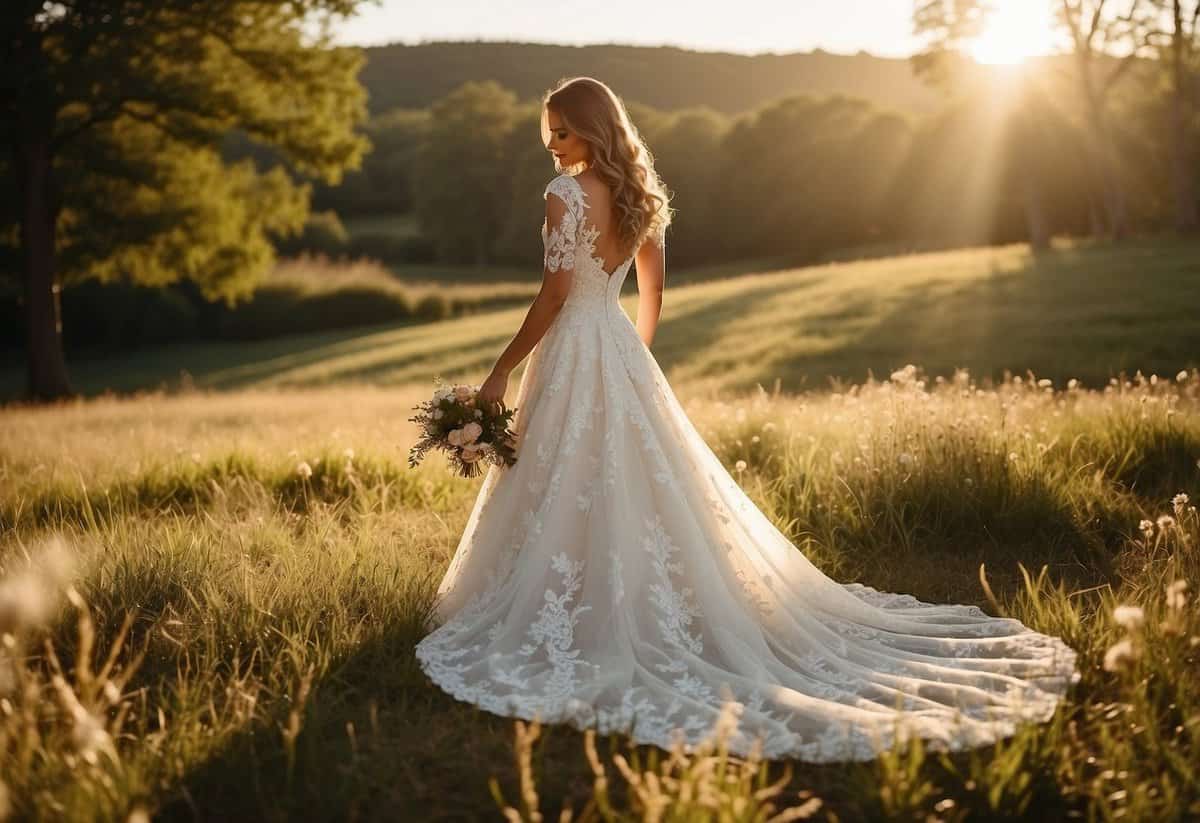
Using natural light in wedding photography can make your photos look more beautiful and authentic. The sun is a great source of soft and flattering light. Try to schedule outdoor shots during the golden hour, which is the hour after sunrise or before sunset, for the best natural light.
When shooting inside, position your subjects near windows to take advantage of the daylight. This helps create a warm and inviting atmosphere in your photos. If the light is too harsh, use a sheer curtain to diffuse it and soften the shadows.
Keep an eye on how the light falls on your subjects’ faces. Adjust their position to avoid harsh shadows on important features, like their eyes or nose. Natural light can help your subjects feel more comfortable and relaxed, making your photos feel more candid.
Experiment with different angles and positions to see how the sunlight enhances the mood and details of the wedding.
5) Coordinate with Other Vendors

Communicating with other vendors is key to smooth wedding photography.
Make a list of all the vendors you’ll be working with. This includes the wedding planner, caterer, florist, and DJ.
Reach out to them before the wedding day to understand the schedule and any special details.
Share your own timeline with them. Coordinating ensures everyone is on the same page and avoids any conflicts.
This helps you capture important moments without interruptions. Working together makes the day go smoothly and helps create beautiful memories.
6) Create a Shot List with the Couple

Working with the couple to create a shot list ensures you capture all the important moments. Start by asking them about their must-have photos. This might include specific family members, favorite locations, or meaningful items.
Discuss key events like the ceremony, first dance, and cake cutting. Make sure to get their input on capturing candid moments too. These shots often become some of the most cherished memories.
Lastly, keep the list flexible. Weddings can be unpredictable, and some of the best shots come from spontaneous moments.
7) Focus on emotions
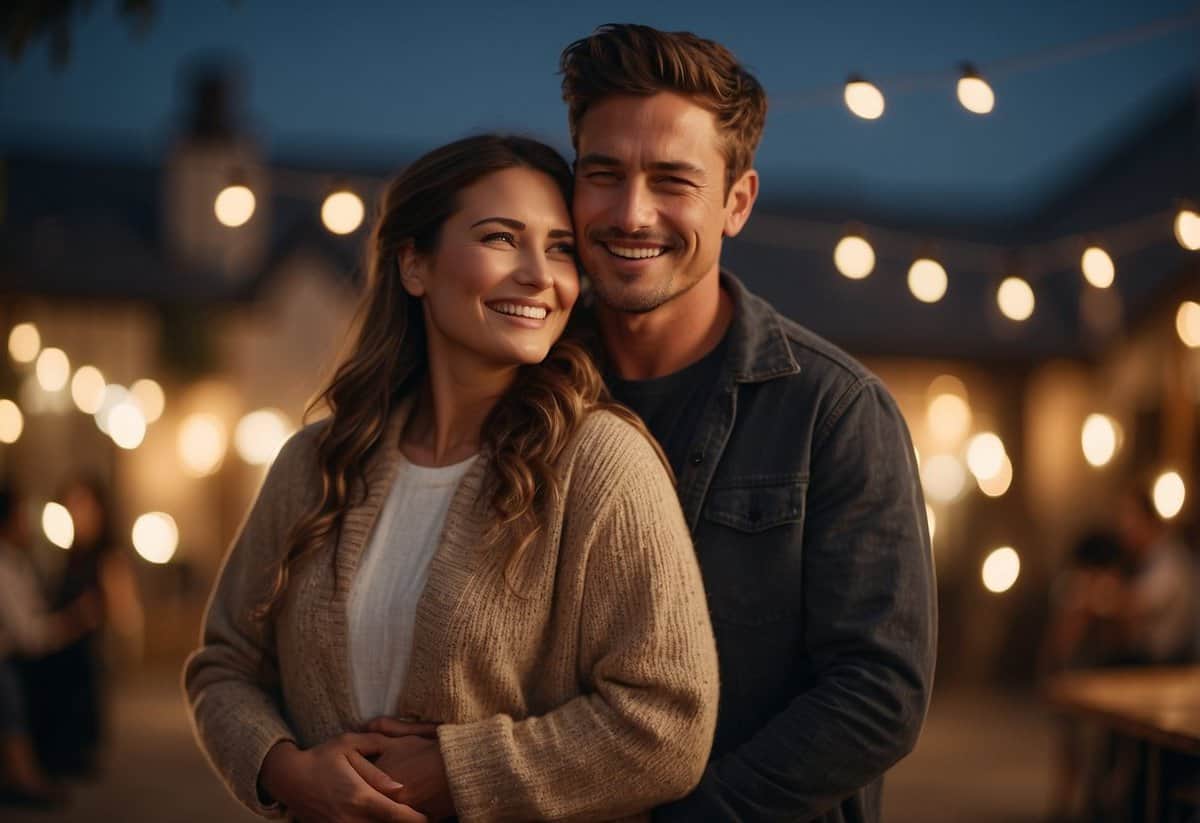
Capturing emotions is key in wedding photography. You’ll want to show the genuine feelings of the couple and their guests. This means looking for special moments, like a teary-eyed parent or a laughing child.
Pay close attention to body language and facial expressions. These small details can reveal a lot about what someone is feeling.
Try to stay in the background and observe. Let moments unfold naturally. This helps you take photos that feel real and unposed.
Zoom in on hands holding, eyes meeting, or heartfelt hugs. These instants can powerfully convey the love and joy of the day.
Also, remember to capture interactions, whether it’s a shared joke, a comforting hand squeeze, or the bride and groom’s first dance.
In summary, emotional photos provide the couple with lasting memories of their special day. Keep your camera ready and stay attentive to the emotions all around you.
8) Practice with different angles
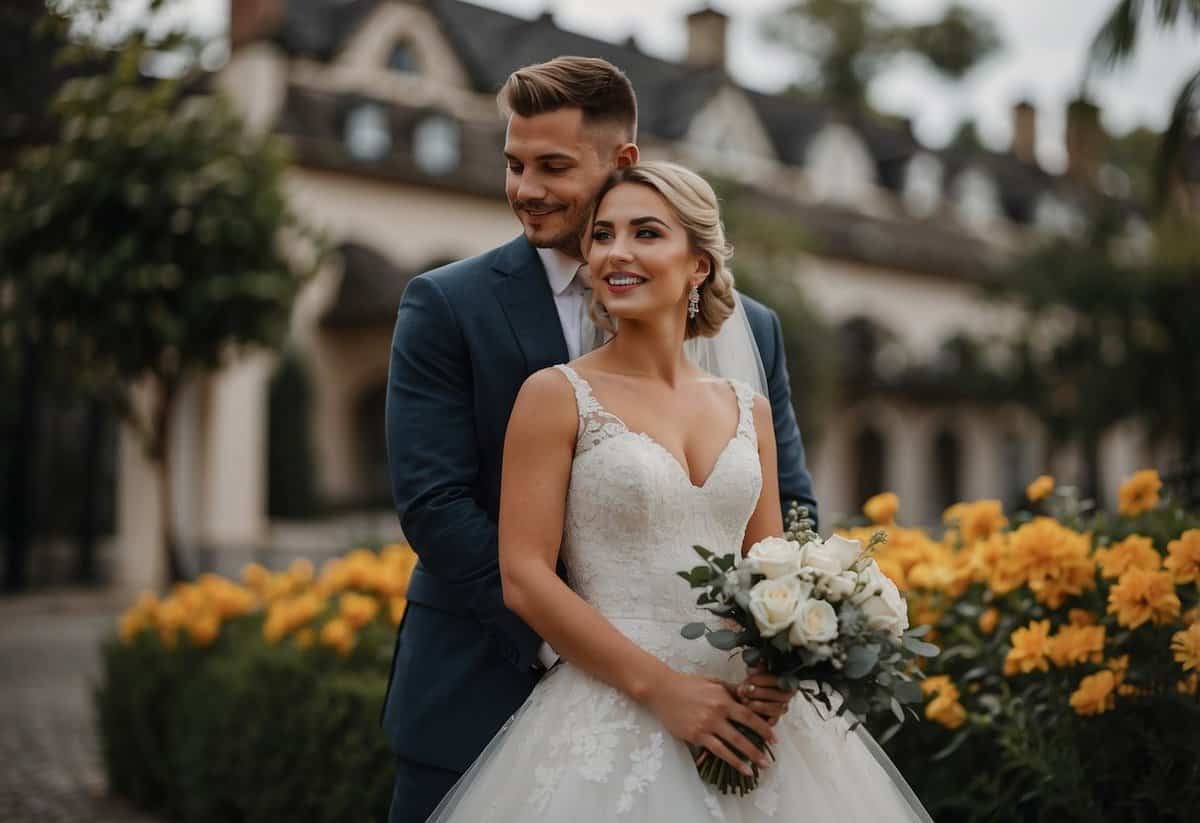
Try shooting from high angles to capture the whole scene. This can be great for group shots and getting a bird’s eye view.
Experiment with low angles for a dramatic feel. This can make the couple look heroic and add a unique perspective.
Get close-ups from different angles to capture small details. Details like rings and flowers can add to the story. Practicing different angles helps you find the most flattering and interesting shots.
9) Bring Extra Batteries and Memory Cards
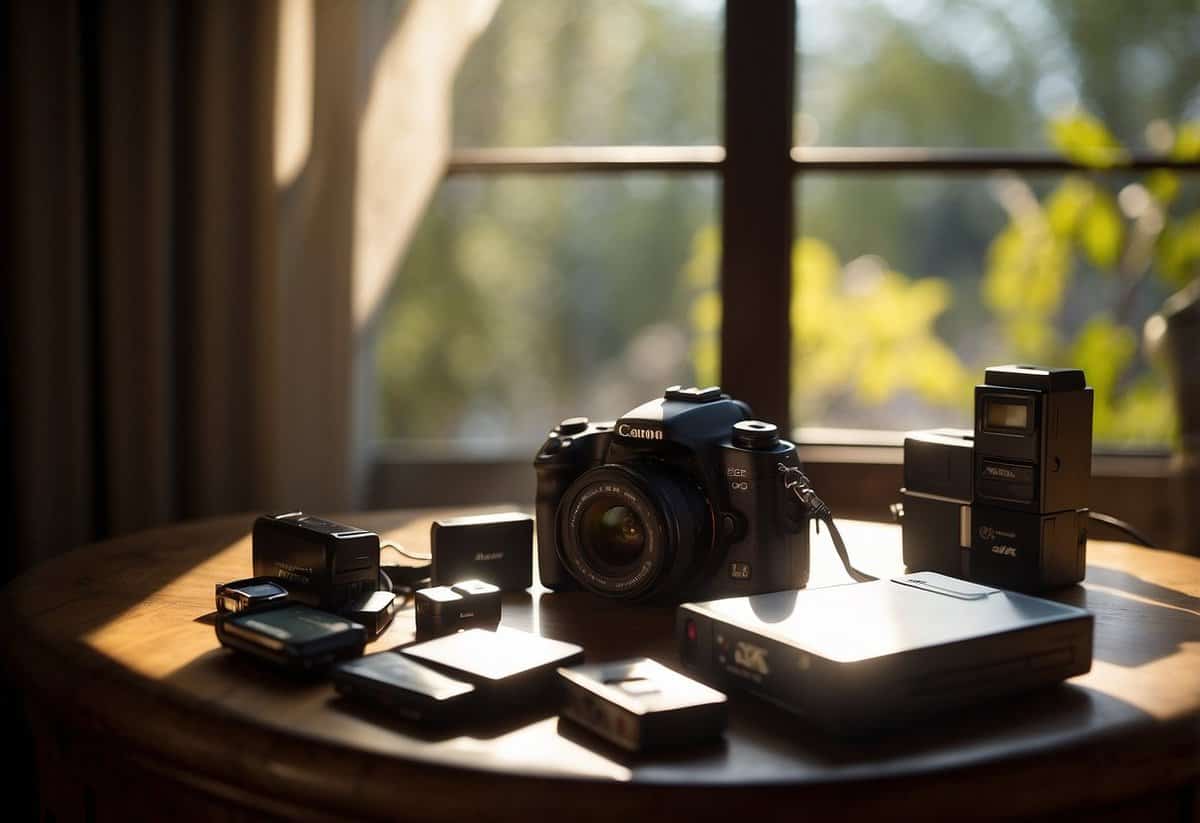
One of the simplest yet most important tips is to always bring extra batteries and memory cards. Weddings are long events, and you don’t want to miss any special moments because your camera ran out of power or space.
Make sure to fully charge all your batteries before the event.
Keep several spares in your camera bag so you can quickly swap them out during the day. The same goes for memory cards. Clear your cards before the wedding to have maximum space. Carry multiple high-capacity cards to avoid running out of storage.
Organize your gear so you can easily access what you need when you need it. This way, you won’t be fumbling around trying to find a fresh battery or card in the middle of a crucial moment. Being prepared will help you stay focused and capture all the important memories.
10) Scout the venue in advance

Make sure you visit the wedding venue before the big day. This helps you get a feel for the layout, lighting, and potential photo spots. Knowing the ins and outs of the space allows you to plan where you’ll capture key moments.
Arriving early helps you identify any tricky lighting conditions. Natural light can change throughout the day, so observe how the light hits different areas at various times.
Look for beautiful backdrops where you can take portraits of the couple. It also helps to find spots that offer privacy during intimate photo sessions.
By scouting in advance, you ensure a smoother shooting experience. This preparation means fewer surprises, and you can focus more on capturing special moments.
Getting Started with Wedding Photography
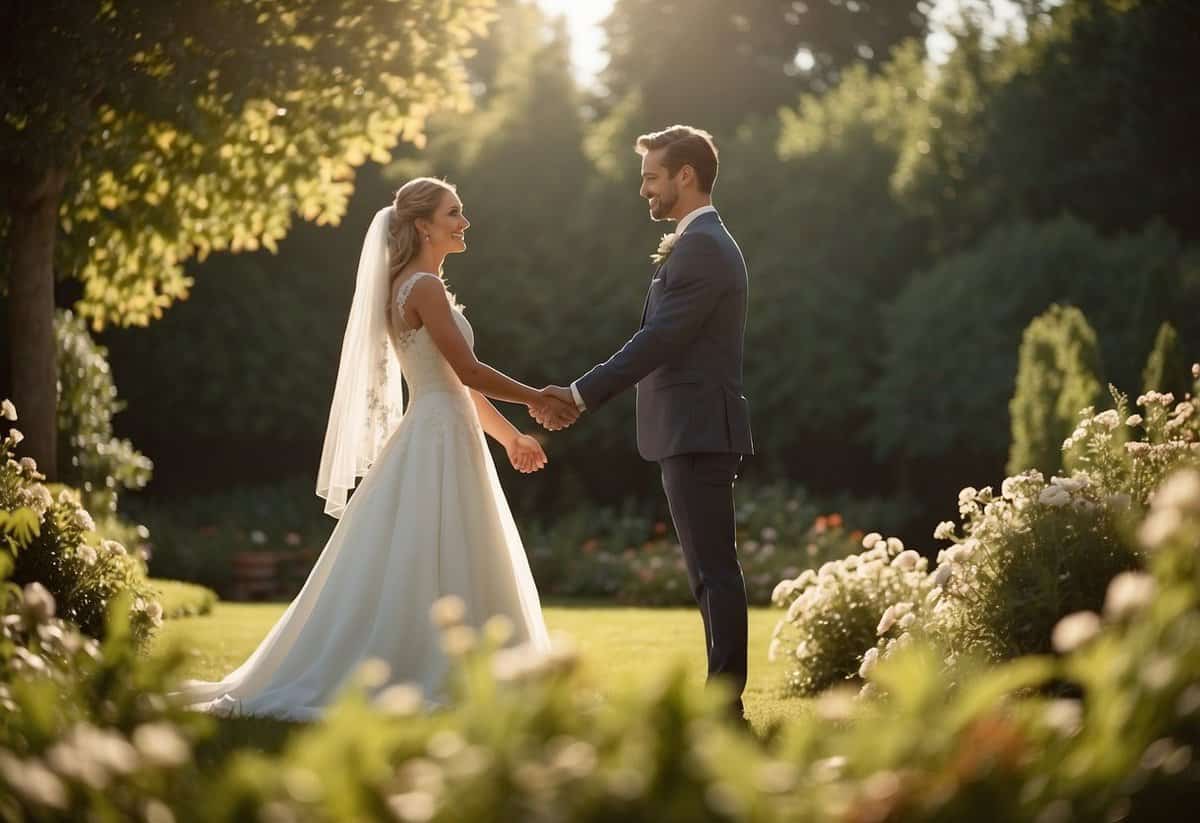
When you first start with wedding photography, having the right equipment and a good grasp of lighting is vital. Both play a major role in capturing beautiful and memorable moments.
Essential Equipment
To begin, you need a reliable camera and a backup. A full-frame DSLR or mirrorless camera is ideal because it performs well in low light. Lenses are just as important. A fast prime lens like a 50mm f/1.8 is great for portraits, while a zoom lens like a 24-70mm f/2.8 is versatile for different scenes.
Don’t forget extra batteries and memory cards. Weddings are long, and you’ll be shooting a lot of photos. Speedlights or small flashes can be handy when natural light isn’t enough. A tripod can help stabilize your camera for group shots or long exposures.
Camera bag: A well-organized bag keeps your gear safe and accessible. Cleaning supplies: A microfiber cloth and blower will keep your lenses and sensors dust-free.
Understanding Lighting
Lighting can make or break your photos. Natural light is your best friend. Take advantage of windows and open spaces during the day for soft, flattering light. Golden hour, shortly after sunrise or before sunset, offers warm and diffused light that’s perfect for portraits.
If the ceremony is indoors or in low light, use your speedlights. Bouncing the flash off walls or ceilings prevents harsh shadows and gives a more natural look. Learning off-camera flash techniques can also enhance your images and give you more creative control.
During the reception, lighting can get tricky with dim venues and colored DJ lights. Adapt by using external lights and adjusting your camera settings. Practice different lighting setups beforehand to be prepared for any situation.
Posing and Composition
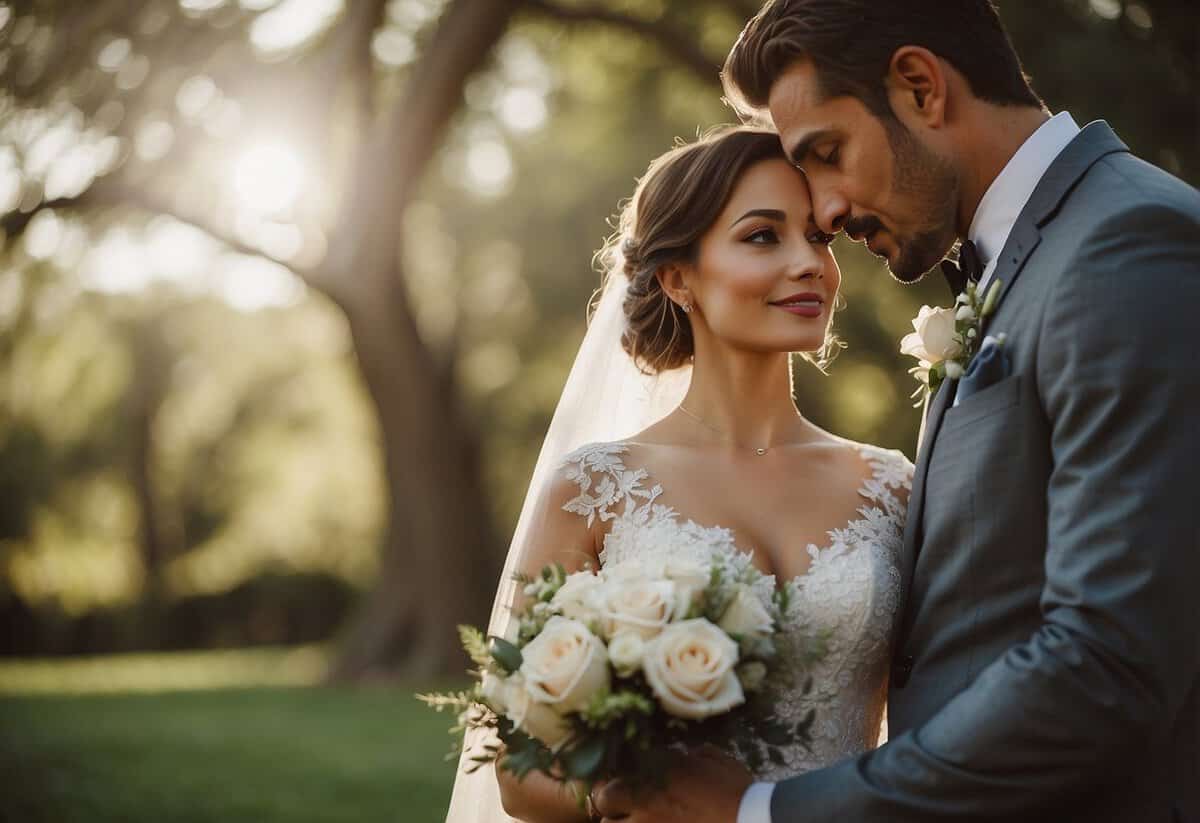
Understanding how to guide the couple in posing and mastering composition techniques are key elements in wedding photography. These skills help you create memorable and breathtaking images that the couple will cherish forever.
Guiding the Couple
When posing the couple, start by making them feel comfortable. Use light conversation to ease their nerves. Guide them with simple instructions like holding hands or looking at each other. Natural and intimate moments often make the best photos.
Consider the position of their faces. Ask them to tilt their heads slightly to avoid harsh shadows. Capture various angles to find the most flattering positions.
Pay attention to their hands and body language. Small details, like interlocked fingers or a gentle touch, add to the emotional impact. Keep the poses relaxed and natural, avoiding stiffness.
Creating Beautiful Compositions
Good composition makes your photos stand out. Use the rule of thirds to place your subjects off-center, creating balanced and interesting images. Look for natural frames like doorways or shadows to add depth.
Experiment with different perspectives. Shoot from high, low, far away, or up close to capture unique shots. Leading lines, like pathways or railings, can draw viewers’ eyes to the main subjects.
In group shots, make sure everyone’s face is visible. Arrange people in layers to avoid blocking anyone. Pay attention to the background. Avoid cluttered or distracting elements that can take focus away from the couple.
Post-Production Workflow
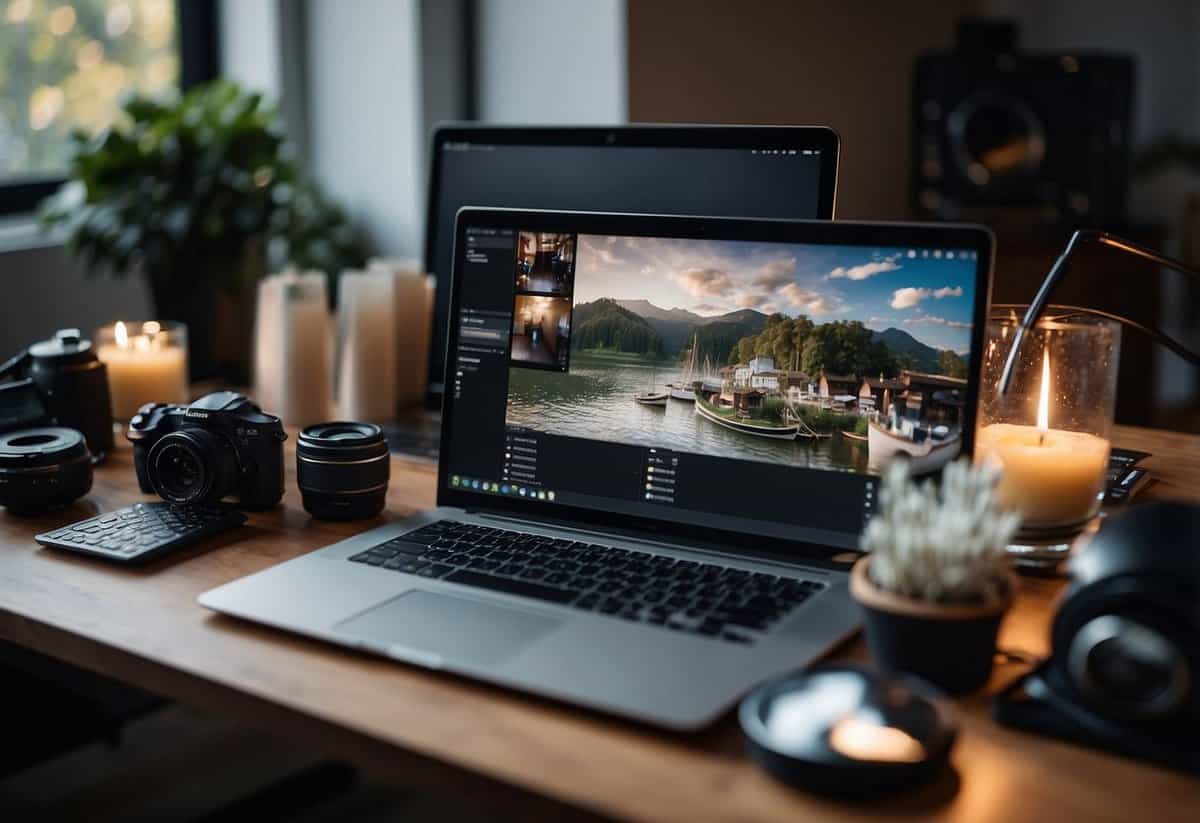
An efficient post-production workflow is crucial for wedding photographers. It ensures that you can edit photos quickly and deliver high-quality images to your clients on time.
Editing Tips and Tricks
Start by importing all your photos into Lightroom or any other photo management software. This will help you organize and sort through thousands of images efficiently. Use tags and ratings to narrow down your selection to the best shots.
Next, move on to basic adjustments such as exposure, contrast, and white balance. Presets can be a game-changer here. They help maintain consistency across your photos and save you a lot of time.
Once your basic edits are done, take the time to fine-tune each image. Look for blemishes or distractions and remove them using the clone stamp or healing brush tools.
Finally, don’t forget to crop and straighten your images as needed. Good framing can significantly improve the visual appeal of your photos.
Delivering the Final Photos
When you’re happy with your edits, it’s time to export your photos. Use high-resolution settings for prints and web-friendly settings for online sharing.
Consider offering a variety of formats. Digital downloads, USB drives, and online galleries are all popular options. Each format has its advantages, so choose what fits your clients’ needs best.
Communication is key during this stage. Keep your clients updated on the progress and inform them when they can expect their photos. A polite and friendly email goes a long way.
Lastly, remember to back up your edited photos. Use external hard drives or cloud storage to ensure you never lose these precious memories.








